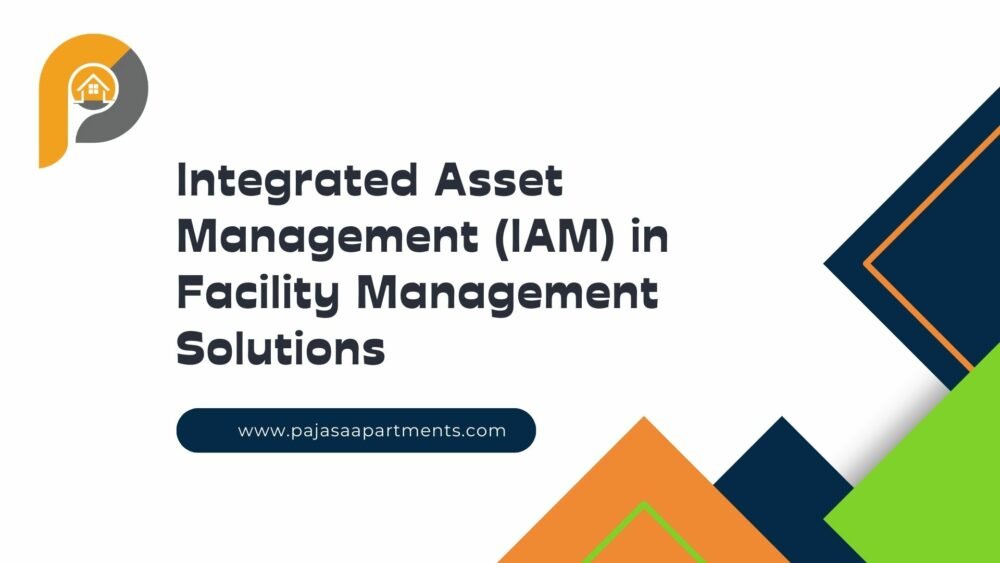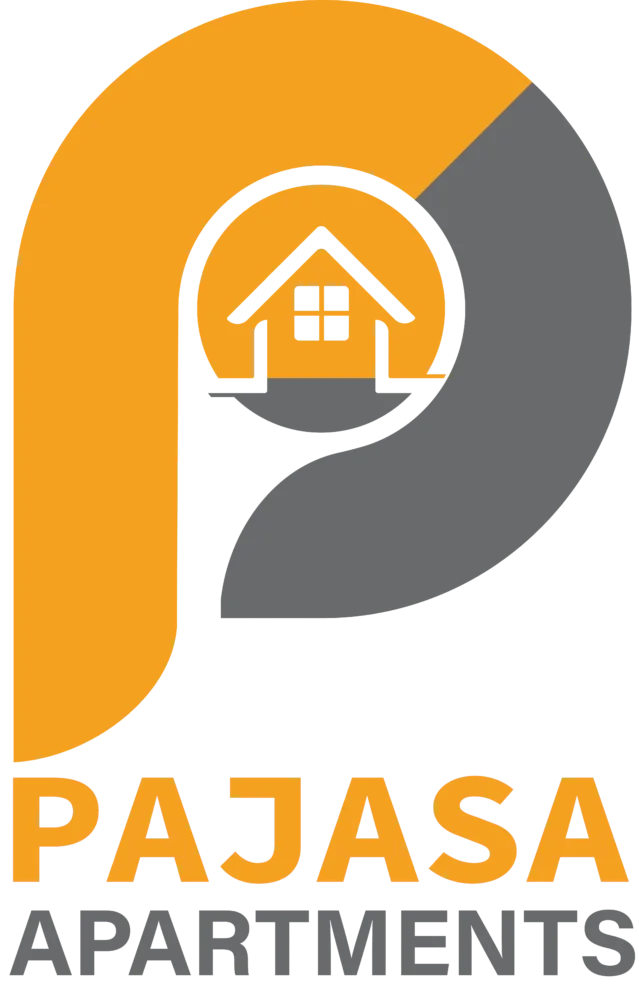Facility Management Solutions
In today’s dynamic and rapidly evolving business environment, effective facility management is essential for ensuring facilities’ smooth operation and optimal performance. Facility managers are tasked with a myriad of responsibilities, including maintenance, safety compliance, space planning, and vendor management. So here we will learn about Facility Management Solutions
What is Facilities Management?
Facilities Management (FM) is a multidisciplinary field that encompasses the management and maintenance of buildings, infrastructure, and facilities to ensure they operate efficiently, effectively, and safely to support the core business activities of an organization. Facilities management covers a broad range of services and responsibilities aimed at creating and maintaining optimal working environments for employees, visitors, and stakeholders
Fortunately, technological advancements have paved the way for innovative facility management solutions that streamline operations, enhance efficiency, and drive cost savings. In this guest post, we’ll explore the latest facility management solutions and their impact on modern facility management practices. If you visit the service apartments in Mumbai managed by PAJASA you will find best practices for facility management solutions.
The Evolution of Facility Management Solutions: Traditionally, facility management relied on manual processes, spreadsheets, and disparate systems, leading to inefficiencies, errors, and limited visibility into facility operations. However, facility management software has revolutionized the industry, empowering facility managers with powerful tools to automate processes, centralize data, and make informed decisions.
Key Features of Facility Management Solutions:
-
Integrated Asset Management:
Integrated Asset Management (IAM) in Facility Management Solutions refers to the strategic approach of managing all assets within a facility or a portfolio of facilities in a coordinated and optimized manner. This encompasses everything from physical assets like equipment and machinery to digital assets like software systems and databases.

Facility management solutions offer comprehensive asset management capabilities, allowing facility managers to track and manage assets, equipment, and resources efficiently. This includes asset tracking, maintenance scheduling, and lifecycle management.
Here’s how IAM plays a crucial role in facility management solutions:
-
Centralized Asset Database:
IAM solutions provide a centralized database or system where all asset-related information is stored. This includes asset specifications, maintenance history, warranty details, and other relevant data. Having a single source of truth streamlines asset management processes and ensures the accuracy and consistency of information.
-
Asset Tracking and Monitoring:
IAM solutions typically incorporate technologies such as RFID, barcoding, or IoT sensors to track the location and condition of assets in real time. This allows facility managers to monitor asset utilization, performance, and health, enabling proactive maintenance and minimizing downtime.
-
Predictive Maintenance:
IAM solutions can forecast when assets will likely fail or require maintenance by leveraging data analytics and predictive modelling. This proactive approach helps in scheduling maintenance activities at optimal times, reducing unplanned downtime, and extending the lifespan of assets.
-
Optimized Resource Allocation:
IAM systems enable the efficient allocation of resources such as labour, spare parts, and tools by providing insights into asset usage patterns and maintenance requirements. This ensures that resources are deployed where they are most needed, leading to cost savings and improved operational efficiency.
-
Compliance and Regulatory Management:
Facility managers must often comply with various regulations and standards about asset maintenance, safety, and environmental sustainability. IAM solutions help ensure compliance by providing documentation, audit trails, and automated alerts for regulatory deadlines and requirements.
-
Integration with Other Systems:
IAM solutions are designed to integrate seamlessly with other systems used in facility management, such as CMMS (Computerized Maintenance Management System), EAM (Enterprise Asset Management), and IoT platforms. This interoperability enables data sharing and process automation across different functional areas, enhancing overall operational effectiveness.
-
Lifecycle Management:
IAM encompasses the entire lifecycle of assets, from acquisition to disposal. It facilitates informed decision-making at each stage of the asset lifecycle, including procurement, maintenance planning, and asset retirement strategies. This holistic approach maximizes the value derived from assets while minimizing total cost of ownership.
In essence, Integrated Asset Management in Facility Management Solutions empowers organizations to optimize the performance, reliability, and longevity of their assets while driving operational efficiency and compliance with regulatory requirements.
-
-
Work Order Management:
Work order management modules enable facility managers to streamline maintenance workflows, prioritize tasks, assign work orders to technicians, and track progress in real time. This ensures timely resolution of maintenance issues and minimizes downtime.
-
Space Planning and Optimization:
Facility management solutions offer space planning tools that help optimize space utilization, allocate resources effectively, and accommodate changing workplace needs. This includes space allocation, occupancy tracking, and move management functionalities.
-
Safety and Compliance:
Compliance management features enable facility managers to ensure regulatory compliance, maintain safety standards, and mitigate risks. This includes tracking safety inspections, managing permits, and documenting compliance activities.
-
Vendor and Contract Management
Facility management solutions facilitate vendor and contract management by centralizing vendor information, tracking contract terms and deadlines, and monitoring vendor performance. This ensures transparency, accountability, and effective vendor relationships.
Benefits of Facility Management Solutions:
- Increased Efficiency: Automation of routine tasks, streamlined workflows, and centralized data management enhance operational efficiency and productivity.
- Cost Savings: Optimized resource utilization, proactive maintenance, and data-driven decision-making lead to cost savings and improved budget management.
- Enhanced Visibility: Real-time reporting, analytics dashboards, and predictive insights provide facility managers with comprehensive visibility into facility operations.
- Improved Compliance: Automated compliance tracking, audit trails, and regulatory reporting ensure adherence to safety, environmental, and industry standards.
- Better Decision-Making: Access to actionable insights, performance metrics, and trend analysis enables informed decision-making and strategic planning.
Sustainable Facility Management in Mumbai
PAJASA is pioneering sustainable facility management in Mumbai, setting a new standard for environmentally conscious property services. By integrating green practices into their operations, PAJASA ensures their managed properties minimize environmental impact while maximizing efficiency and comfort. They employ energy-efficient systems, such as LED lighting and smart thermostats, to reduce energy consumption. Water conservation measures, including low-flow fixtures and rainwater harvesting, are standard in their facilities. PAJASA also prioritizes waste reduction through comprehensive recycling programs and the use of eco-friendly cleaning products. Their commitment to sustainability extends to community engagement, promoting green living among residents and supporting local environmental initiatives. Through these efforts, PAJASA not only enhances the quality of their properties but also contributes positively to Mumbai’s urban ecosystem, demonstrating that responsible facility management is both viable and essential in the modern world.
Facility Management Solutions in Mumbai
Conclusion:
Facility management solutions represent a paradigm shift in how facilities are managed, offering a holistic approach to addressing the diverse needs and challenges of modern facilities. By leveraging the power of technology, facility managers can streamline operations, enhance efficiency, and drive value for their organizations. As the demand for smarter, more sustainable facilities continues to grow, it will play an increasingly vital role in shaping the future of facility management.

